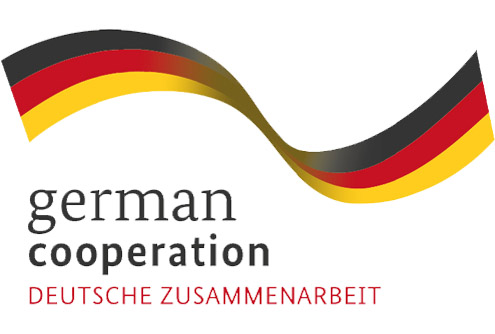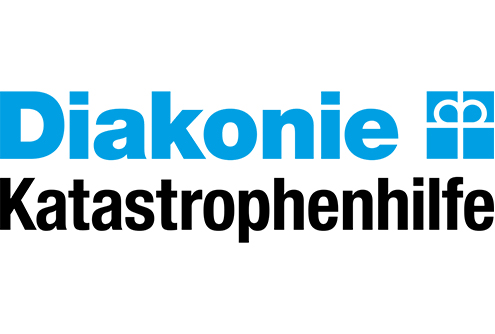Tool 5: Climate risk narrative (CRN) process
Introduction
Climate risk narrative (CRN) processes bring together stakeholders to analyse different types of evidence (including scientific climate information, practical and experiential knowledge, local and traditional knowledge and perspectives from different stakeholders) to consider a range of potential climate futures.
CRN does not seek a perfect solution to complex climate issues, but should spark important conversations that can inspire climate planning and action. The collaborative co-production of CRNs enables a process for exploring elements of socio-ecological systems, including current (and potential future) drivers of climate risk. Moreover, these co-production processes can help to identify information gaps that undermine resilient planning (e.g. scientific climate change projections), as well as mechanisms for plugging these gaps.
Guiding principles
Co-production is key to extracting valuable information from the mix of evidence (above) available to scenario plan and eventually inform decision making and action. This co-production is founded on three core principles:
- Humility: Being willing to acknowledge ignorance while not withholding expertise and to recognize knowledge and expertise in those outside of the science community.
- Dialogue: conversations between equal partners are critical and ensure fair consideration of all perspectives in decision making
- Trust: Knowing and trusting each other’s roles and contributions to the process
CRNs base their scenario planning on three key concepts that provide a framework for the information that is presented:
- Added value: Not all facts, knowledge, understanding, expertise, adds value to a particular context. In particular, being a “scientific result” does not automatically add value. Value must be placed on other types of knowledge as well (if it is relevant to the discussion)
- Assumptions and choices with consequences: Building on the principle of transparency and provenance, a rigorous interrogation of assumptions and choices made, and unpacking of the potential consequences
- Good enough: In direct response to “decisions are urgent”, a consideration of what amount of knowledge or information is sufficient to inform a decision is important. Related to added value in that more, or “better” information, may not substantively add value to a decision, group agreement on sufficient or “good enough” information to proceed is needed
Step 1
Collectively identify a “significant issue” that resonates with all stakeholders
While a key value of CRNs is building a systemic picture of change, it is important to start the process by identifying a key development issue or challenge that resonates with all stakeholders. Just as with the Messy Map, this issue can have multiple facets. For example, flooding can be a significant issue but have multiple facets ranging from infrastructure through to health and livelihoods.
Gather a variety of issues from the group and then prioritise the most urgent of these issues through participatory processes. To do this, ask participants to spend a few moments thinking about development issues that worry them most (at this point in time), then to write them down ( one per sticky note). Arrange these sticky notes into themes and present these themes back to the group for validation. Once the various themes are agreed on, use a voting process to prioritise the most prominent issue across the group.
It is also sometimes helpful to use processes like “voting with your feet” where you ask participants to position themselves in the room based on which significant issue they mostly strongly align with. You can assign ends of the room or corners of the room to different issues and then ask people to try to position themselves according to their priorities. This can help create a collaborative dynamic.
Step 2
Participatory process to identify key systemic risks
Through methods such as mess mapping unpack the significant issue into different facets or elements, and points of concern, including how these elements interact with each other. This mapping should include both natural/physical elements as well as social/institutional elements such as key institutions, policies, plans, etc.
The process is messy because there will be multiple perspectives on how elements interact and which are the key points of concern. While conversations around these are very valuable, the objective should not be to eliminate diverse perspectives but rather to incorporate them into the uncertainties captured by the CRNs.
Participants should come up with a messy map that has different factors, institutions and elements that relate to the significant issue, including descriptions of key divergent or diverse perspectives.
Step 3
Participatory exploration of plausible climate futures
A useful starting point for investigating plausible future climate is to think about past climate events and how they have impacted elements on the significant issue. Building a table such as the one below can help to capture the evidence in a structured way.


